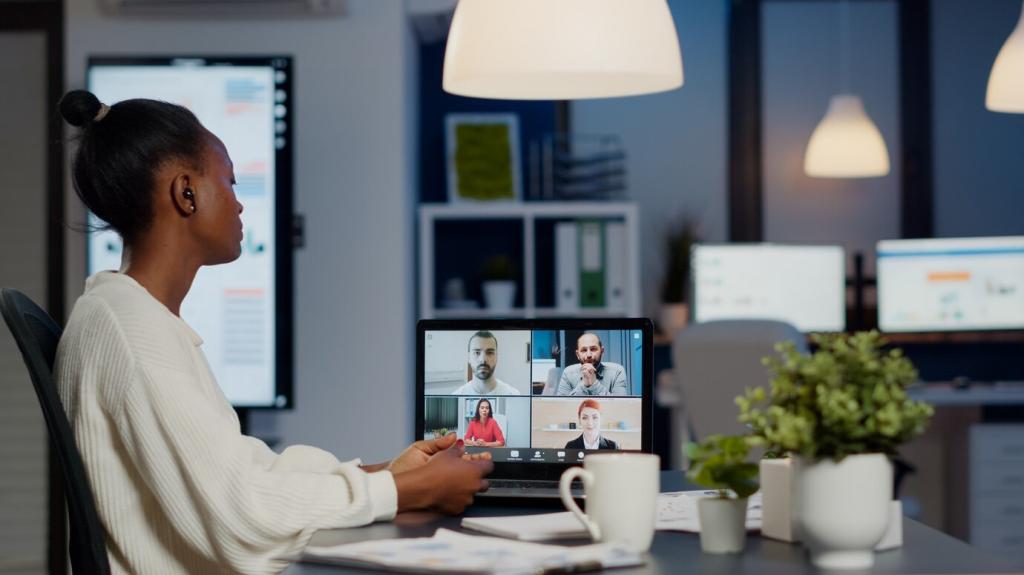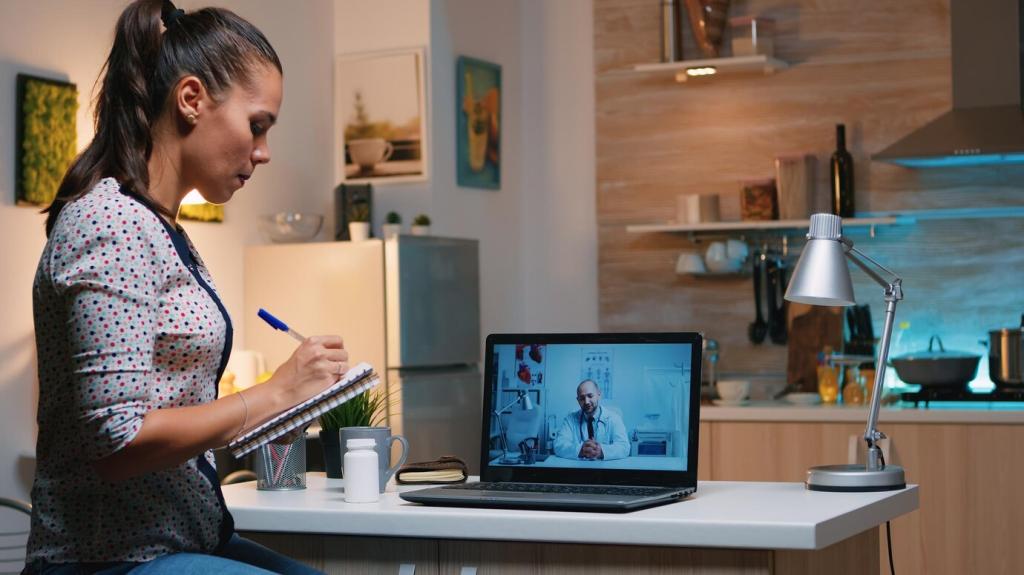Achieving a healthy work-life balance can be more challenging when your home doubles as your office. The boundaries between professional responsibilities and personal life often blur, making it vital to adopt thoughtful strategies. This page explores how to navigate the unique dynamics of remote work while safeguarding your well-being, productivity, and sense of fulfillment outside working hours.
Establishing Boundaries Between Work and Personal Life
Creating a Dedicated Workspace
Having a specific area in your home where you carry out work tasks can make a significant psychological difference. A dedicated workspace separates your professional and personal lives, signaling to your brain when it’s time to focus and when it’s time to relax. Whether it’s a spare room, a corner desk, or even a well-organized nook, the act of delineating your work area can help limit distractions and boost your efficiency. More importantly, it provides a physical cue to step away from work once your day is done, helping to reinforce healthy work-life boundaries and enabling you to unwind when you’re off the clock.

Managing Productivity Without Overworking
The flexibility of remote work is a double-edged sword—it offers freedom but also demands discipline. Establishing a routine helps you make the most of your productive hours while ensuring regular breaks. Morning rituals involving planning and prioritizing tasks set the right tone for the day, while afternoon pauses for meals and short walks help maintain energy levels. Allocating focused work periods, followed by short intervals of rest, can maximize concentration and minimize fatigue. With a well-structured schedule, you’re more likely to accomplish goals efficiently and avoid spreading work out longer than necessary.
Previous
Next
Nurturing Personal Well-Being and Social Connections
Maintaining Physical Health While Working from Home
Sitting at a desk for hours can take a toll on your body if not managed properly. Integrating physical activity into your daily routine is crucial for both energy and long-term health. Simple actions such as stretching, taking brisk walks, or using a standing desk can make a substantial difference. Scheduling regular exercise sessions not only helps alleviate physical strain but also boosts mental clarity and mood, creating a positive feedback loop that enhances productivity and personal satisfaction.


Supporting Mental Health and Managing Stress
The absence of a traditional office environment can sometimes result in feelings of isolation or increased stress. Mindfulness techniques, such as meditation, deep breathing, or journaling, provide valuable tools to manage anxiety and improve overall outlook. Recognizing when stress levels are rising and responding with purposeful relaxation or creative pursuits can protect against emotional fatigue. Checking in with yourself and seeking professional support when needed safeguards your long-term mental health and ensures a sustainable work-life balance.
